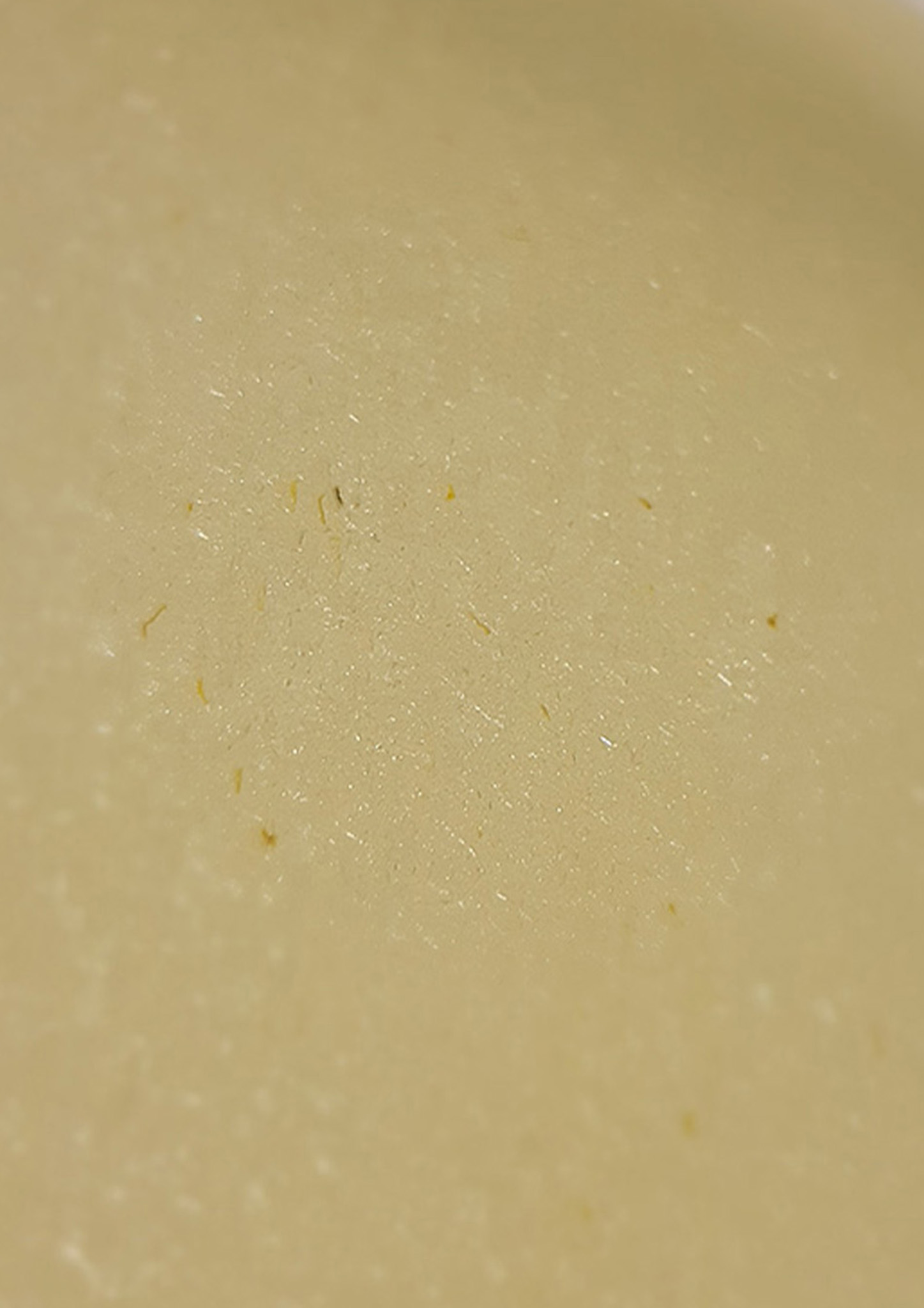Dandelion anthotype
18-05-2023
︎ process
︎ photography
︎ journal
Materials
- dandelion petals,
- blender or mortar and pestle,
- water (distilled but I used a tap water) or alcohol,
- a coffee filter or a cheesecloth for straining the pulp,
- a jar with a lid (light-tight possibly),
- brush, a foam or a foam brush,
- watercolour paper,
- glass frame or glass and clips,
- dry plants or negatives on transparency,
- cover for the working area.
Dandelion is a medicinal plant having multiple common names, where some of them such as wet-the-bed, pee-the-bed or a French name pissenlit relate to flower’s ability to support an increased production of urine. While leaves are used as a diuretic, the dandelion flowers have antioxidant properties. Although it has use in a medcine as well as the kitchen, dandelion is still considered a weed.

dandelion postcard from a friend, she knows that dandelion is my favourite plant
I collected dandelion petals in May when they were still in bloom, separated all green parts and mixed them with a tap water until covered inside the blender. Blended until smooth and strained the pulp over the cheesecloth. It would be possible to mix the petals in alcohol instead of water or in water with a few drops of alcohol. I learnt form my friend Risk Hazekamp, that it is not necessary to use too much water or alcohol as you want to get as much as pigment as possible. A little amount of liquid will allow for extraction but without too much dilution.
![]()
![]()
I covered my working area and applied the dye on the watercolour paper with a piece of a foam, let dry and repeated the step until I was satisfied with the yellow tone. Instead of a foam, you can also apply the dye with a brush or dip the paper in the dye.
![]()
Without following any particular knowledge, I tried to mix the parts of a dye with different substances, considering any change in the emulsion. I used crema tartar, pepton from casein and soda bicarbona. There was no particular ‘effect’ coming into a print, perhaps only soda bicarbona left a shiny finish on the paper. While storing the emulsions in the jar for a year, I open the one which was mixed with soda bicarbona and discovered a crystal with a tint of a yellow dandelion dye. A nice surprise of a slow art.
![]()
![]()
I exposed the dandelion prints with different kind of drawings printed on a transparency paper (as a positive). They resemble glomeruli, kidneys and the veins as I have affection for urine related processes and themes... I made a contact print for about 6 hours in a very sunny day. I also coated one watercolour paper with a kurkuma dye to see the difference of yellows and compare them next to each other. The one on the left is kurkuma with more rich yellow tone, the one on the right is dandelion mixed with pepton from casein and soda bicarbona.
![]()
I believe that as an anthotype print the best was the pure dandelion dye. The shorter time seemed to be also better, as I left one print to expose longer after scanning it and it seemed that many details were lost. The left image is shorter exposure, the right image is a longer exposure.
![]()
![]()


I covered my working area and applied the dye on the watercolour paper with a piece of a foam, let dry and repeated the step until I was satisfied with the yellow tone. Instead of a foam, you can also apply the dye with a brush or dip the paper in the dye.

Without following any particular knowledge, I tried to mix the parts of a dye with different substances, considering any change in the emulsion. I used crema tartar, pepton from casein and soda bicarbona. There was no particular ‘effect’ coming into a print, perhaps only soda bicarbona left a shiny finish on the paper. While storing the emulsions in the jar for a year, I open the one which was mixed with soda bicarbona and discovered a crystal with a tint of a yellow dandelion dye. A nice surprise of a slow art.


I exposed the dandelion prints with different kind of drawings printed on a transparency paper (as a positive). They resemble glomeruli, kidneys and the veins as I have affection for urine related processes and themes... I made a contact print for about 6 hours in a very sunny day. I also coated one watercolour paper with a kurkuma dye to see the difference of yellows and compare them next to each other. The one on the left is kurkuma with more rich yellow tone, the one on the right is dandelion mixed with pepton from casein and soda bicarbona.

I believe that as an anthotype print the best was the pure dandelion dye. The shorter time seemed to be also better, as I left one print to expose longer after scanning it and it seemed that many details were lost. The left image is shorter exposure, the right image is a longer exposure.

